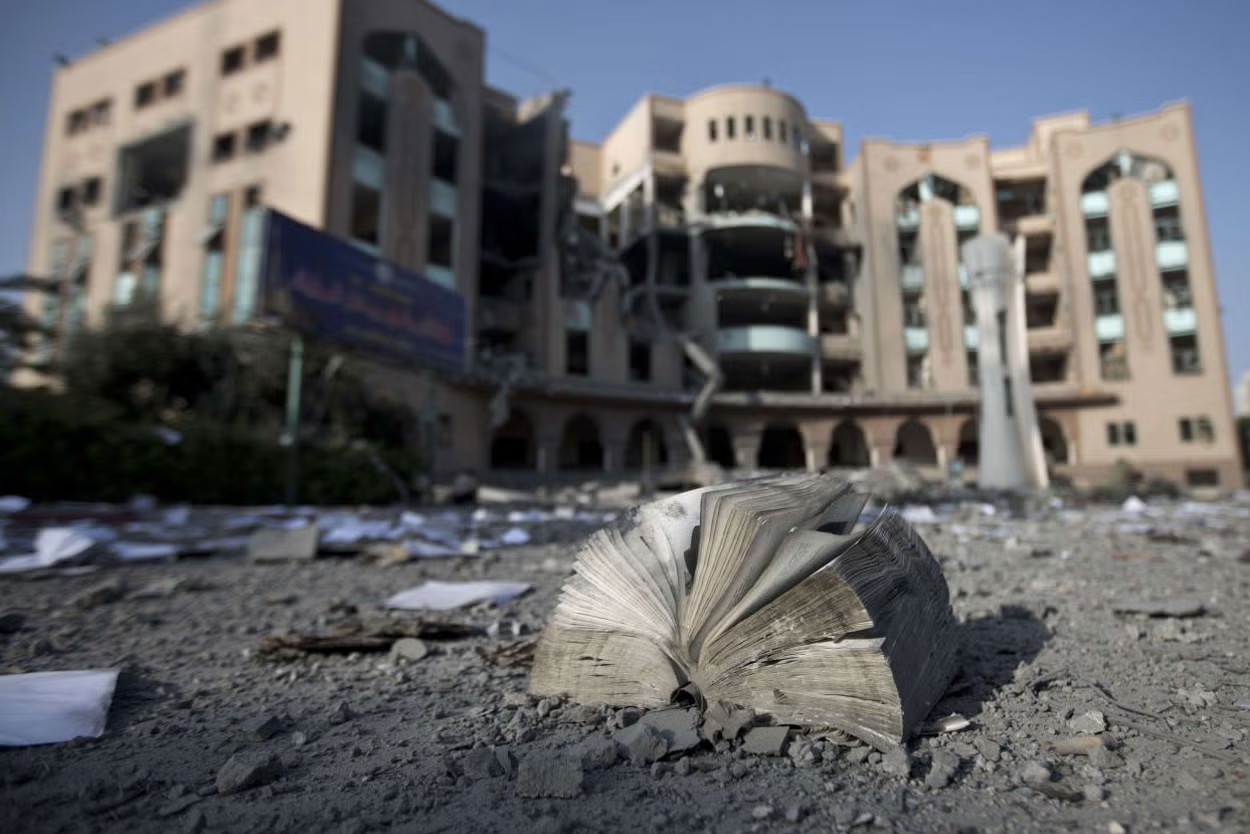The police abolition movement is a movement, largely in the United States, that advocates replacing policing with other systems of public safety. Police abolitionists believe that policing, as a system, is inherently flawed and cannot be reformed—a view that rejects the ideology of police reformists. While reformists seek to address the ways in which policing occurs, abolitionists seek to transform policing altogether through a process of disbanding, disempowering, and disarming the police. Abolitionists argue that the institution of policing is deeply rooted in a history of white supremacy and settler colonialism and that it is inseparable from a pre-existing racial capitalist order, and thus believe a reformist approach to policing will always fail (and it will).
Since there are such great Black, Brown and Indigenous People that have already defined what we mean when we said things such as “Abolish the Police,” or “Defund the Police,” I offer these succinct definitions and thoughts for all you new to this: By “abolish the police,” we mean building a world where we do not rely on anti-Black, white supremacist institutions of order to regulate society. This means that alternative forms of order might be embraced, like community care networks and justice structures rooted in restoration rather than punishment. (Jenn Jackson, political scientist, Syracuse University)
Books
- Invisible No More: Police Violence Against Black Women and Women of Color, Andrea Ritchie
- The End of Policing, Alex S. Vitale
- Policing the Black Man: Arrest, Prosecution, and Imprisonment, ed. Angela Davis
- When Police Kill by Franklin Zimring
- Unwarranted: Policing Without Permission by Barry Friedman
- The Black and the Blue: A Cop Reveals the Crimes, Racism, and Injustice in America’s Law Enforcement by Matthew Horace and Ron Harris
- Nobody: Casualties of America’s War on the Vulnerable, from Ferguson to Flint and Beyond by Marc Lamont Hill
- Policing the Planet: Why the Policing Crisis Led to Black Lives Matter, ed. Jordan D. Camp and Christina Heatherton
- Fight the Power: African Americans and the Long History of Police Brutality in New York City by Clarence Taylor
- The Red Deal: Indigenous Action to Save our Earth, The Red Nation (Part 1 Divest: End the Occupation, Area 1: Defund Police, Immigration and Customs Enforcement, Customs and Border Protection, and Child Services
- Donner, F. J. (1992). Protectors of privilege: Red Squads and police repression in Urban America. University of California Press.
Resources for talking to children about Abolition and Police Violence:
- Evaluating Children’s Books about Police: a toolkit for librarians and other evaluators of children’s literature
- Kids are wondering about, Police, provided by PDX Childcare Collective.
- Kids are wondering, What is Abolition? (available as a PDF), provided by PDX Childcare Collective. Summary: How to talk with kids about police abolition? Offers these slides as a starting point – a small part of a lifelong conversation. We hope you will use what you find helpful and right for your kids. We know that the police bring violence and harm to our communities. We are terrified and exhausted to experience this harm over and over; witnessing the murder of so many Black, Brown and Indigenous people at the hands of the police. While we rally together for real change, the youngest among us deserve to be included in these conversations. We know that real change can be accomplished by abolishing the police and redistributing resources to protect and care for our communities. We also know that abolition goes much deeper than getting rid of the police. We need to work together as a community to help everyone live with dignity, to expand our own empathy, and to reinvigorate community care. You might already be practicing abolition with your friends, family, and in your community! Maybe you help make meals for your neighborhood Free Fridge? Maybe you change the rules of a game so that all of your classmates can play together? There are so many ways to do it and we would love to hear about them! Send us a message or comment with some of the ways that you keep your community safe and cared for without involving the police!
- An Indigenous Abolitionist Study Guide
- Indigenous Knowledge and Abolition: Criminalization, Decolonization and Lessons from Indigenous Justice Systems
- If You’re New to Abolition: Study Group Guide
- Talk About Police Violence With Your New Students
Documentaries & video resources
- Defund Police is a collaboration with Project Nia & Blue Seat Studios (https://www.blueseatstudios.com/).
- Two World Colliding, Tasha Hubbard (2004) Summary: This documentary is an inquiry into what came to be known as Saskatoon’s infamous “freezing deaths,” and the schism between a fearful, mistrustful Indigenous community and a police force harboring a harrowing secret. One frigid night in January 2000 Darrell Night, an Indigenous man was dumped by two police officers in -20° C temperatures in a barren field on the city outskirts. He survives the ordeal but is stunned to hear that the frozen body of another Indigenous man was discovered in the same area. Days later, another victim, also Native, is found. When Night comes forward with his story, he sets into motion a chain of events: a major RCMP investigation into several suspicious deaths, the conviction of the two constables who abandoned him and the reopening of an old case, leading to a judicial inquiry.






No Comments